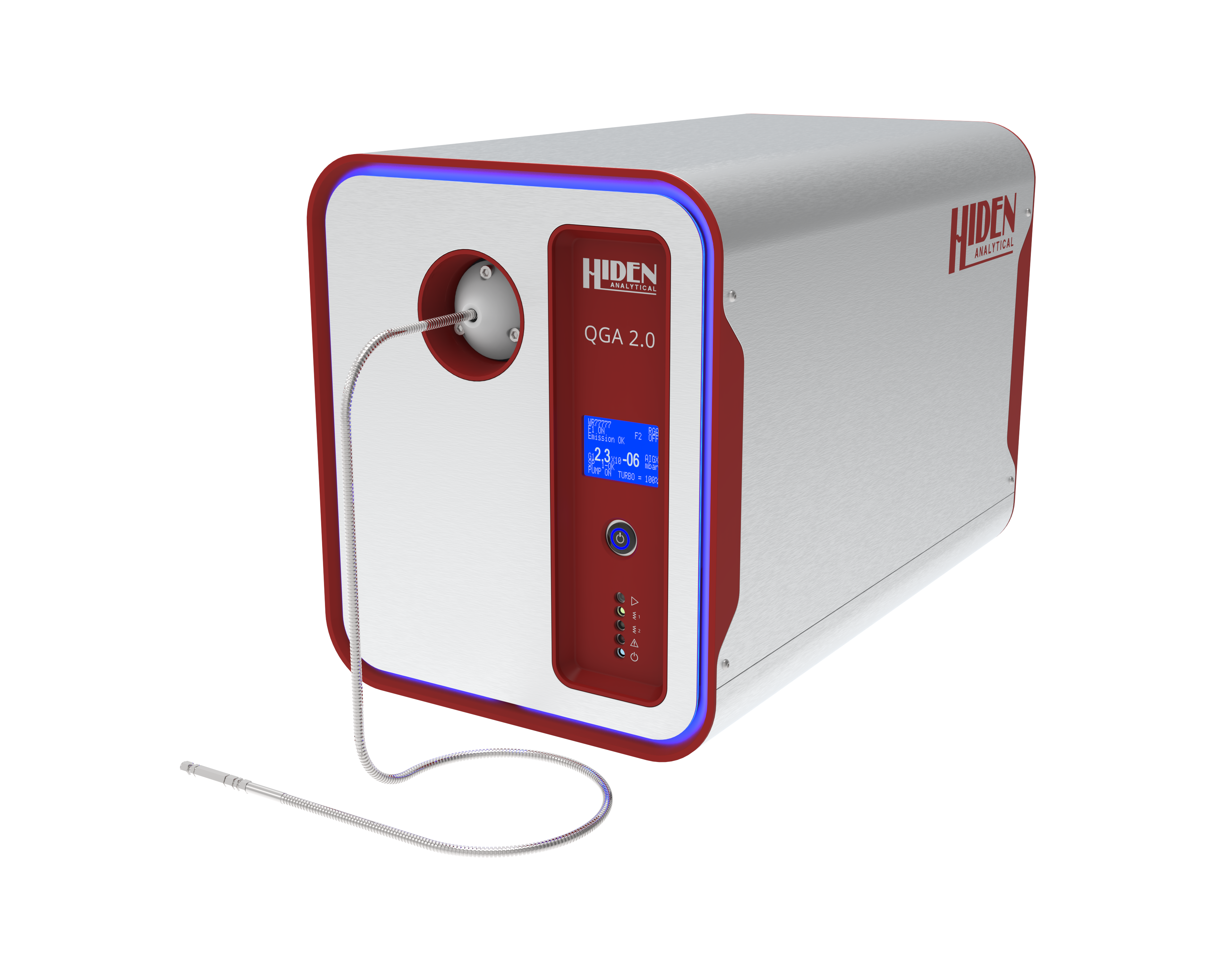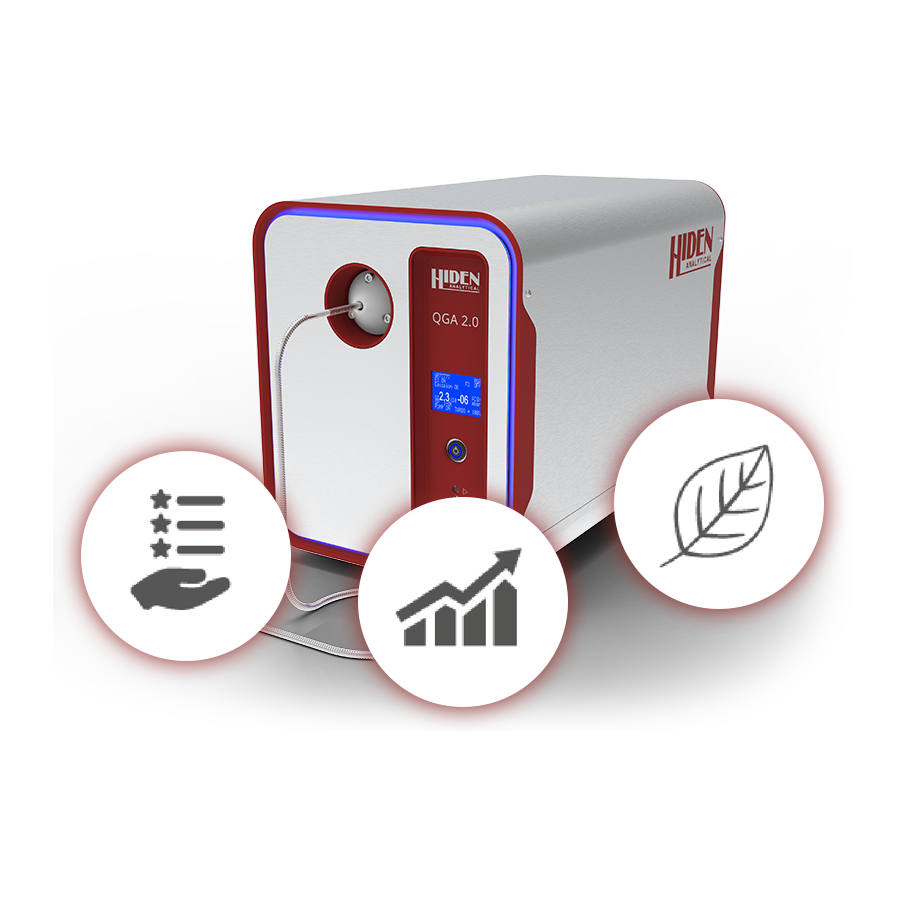What We Do
Take a look at our company video to learn more about our people, our instruments and the range of applications they are used for.
About Us
Sign Up To Our Newsletter
Take a look at our most popular products
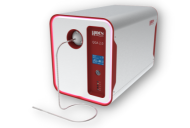
QGA 2.0
Next generation gas analyser
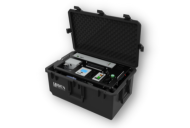
pQA
Portable gas analyser for environmental studies

Compact SIMS
User-friendly surface analysis
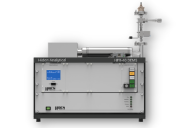
HPR-40 DEMS
Real-time electrochemical analysis
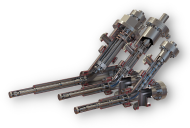
EQP Series
Mass and energy analyser for plasma studies
Blog Feed
Hiden Analytical Launches New CATLAB Brochure Featuring QGA 2.0 Mass Spectrometer
Hiden Analytical is proud to announce the release of a new brochure for its flagship CATLAB system, now featuring the advanced QGA 2.0 mass spectrometer. This enhanced CATLAB system marks a significant advancement in catalyst characterisation and reaction studies,...
Hiden Analytical Spearheads Advances in Plasma Medicine with Innovative Atmospheric Pressure Mass Spectrometry
Hiden Analytical is proud to announce ground-breaking developments in the field of plasma medicine through its state-of-the-art atmospheric plasma technology. As a leader in analytical instruments, Hiden is at the forefront of research into the therapeutic uses of...
Hiden Analytical Recently Exhibited at PSSI-PSC2024
Our Agents in India, Shubhrasish Sen, Ms. Lackita and Mr Bhupender Kumar, recently exhibited at PSSI-PSC2024 10th Plasma Science Society of India Plasma Scholars Colloquium, 2024. ◉ Date: 4th – 6th July, 2024 ◉ Location: Indian Institute of Technology Delhi, India The...
Contact Us
420 Europa Boulevard,
Warrington, WA5 7UN, U.K.

